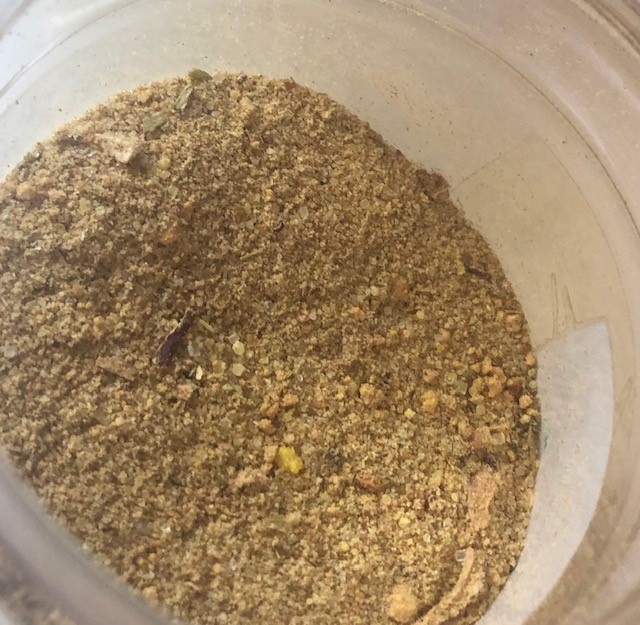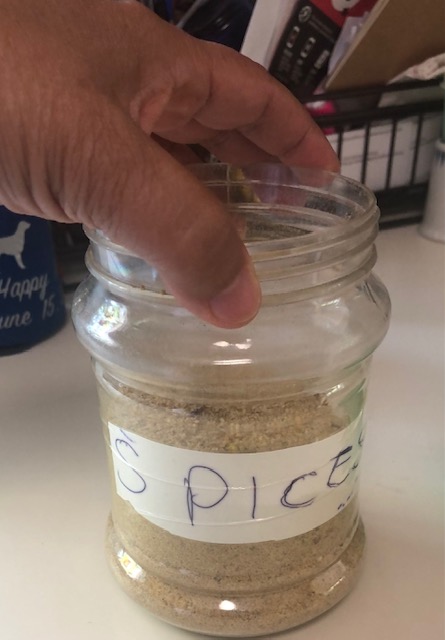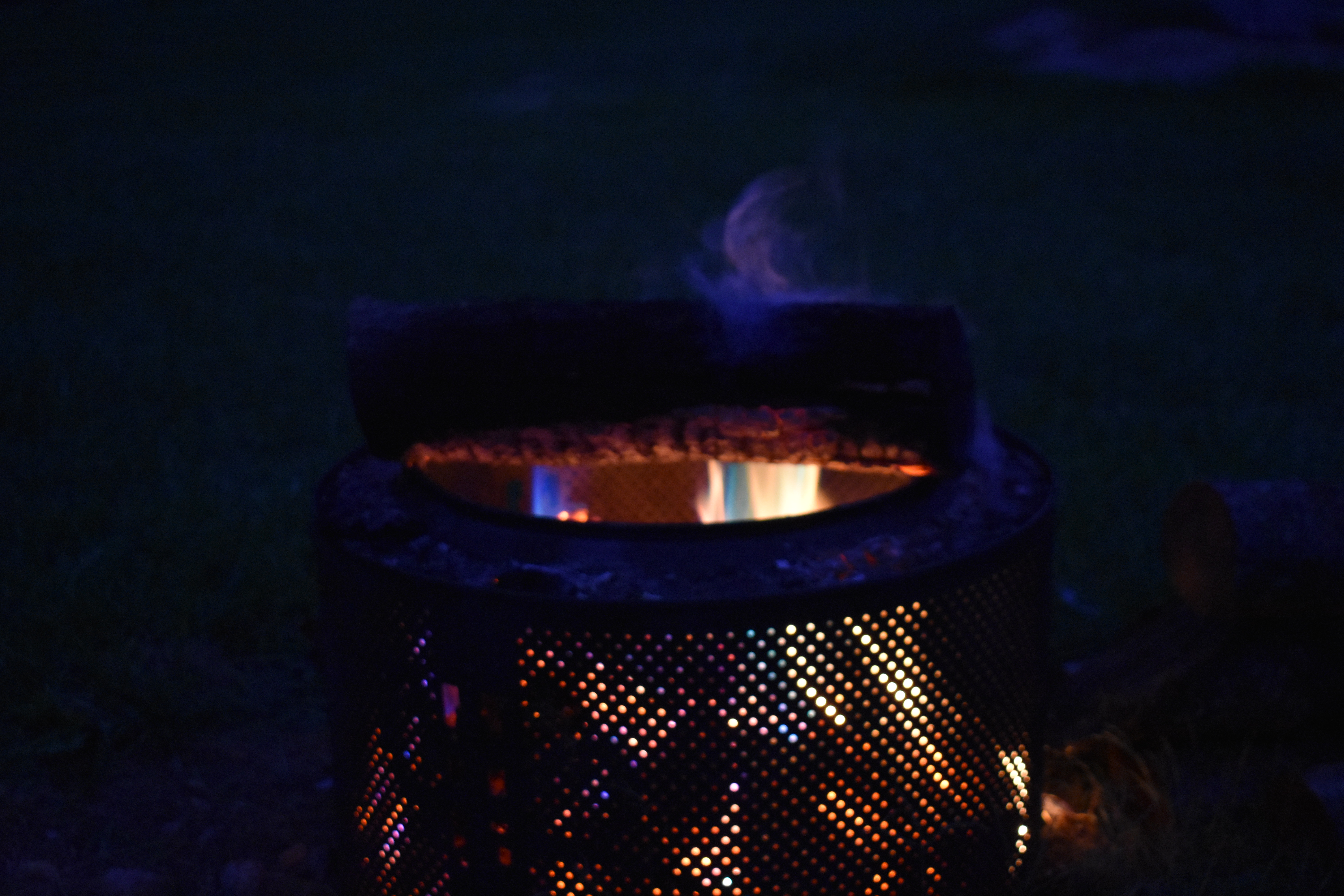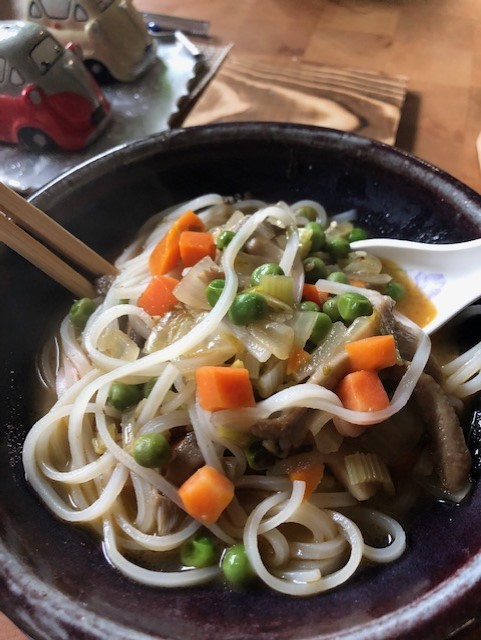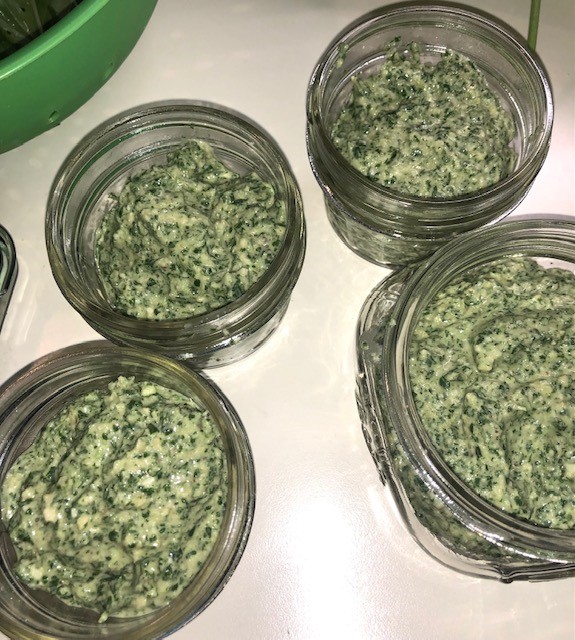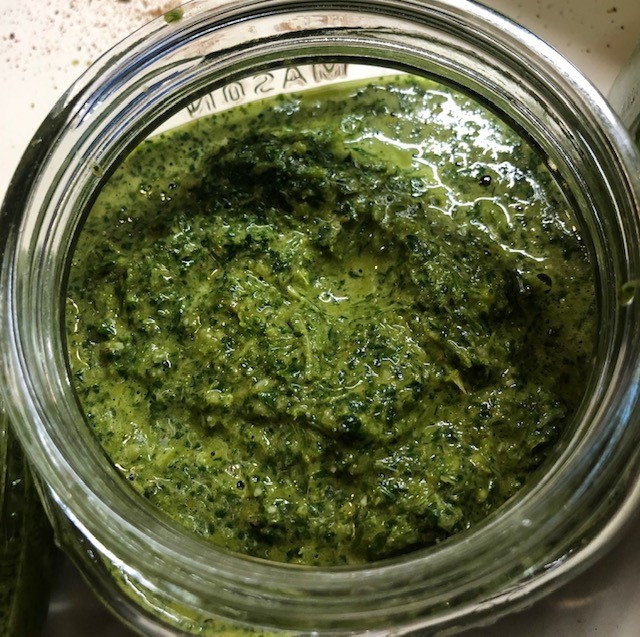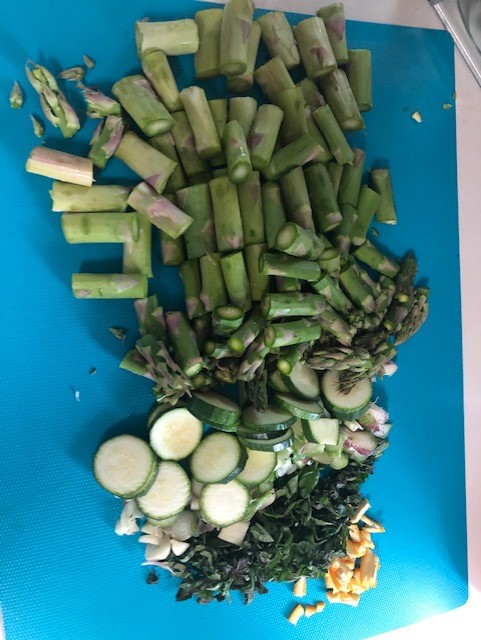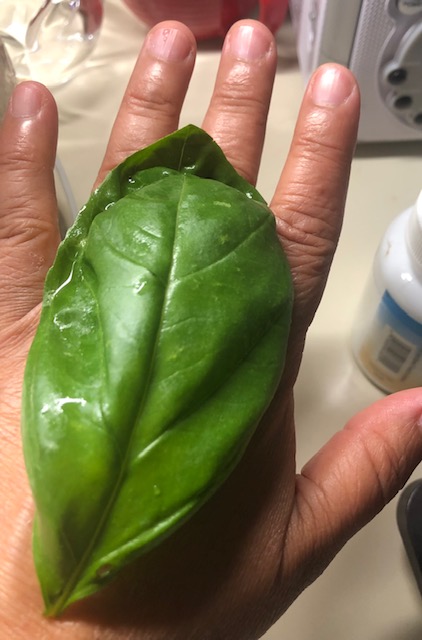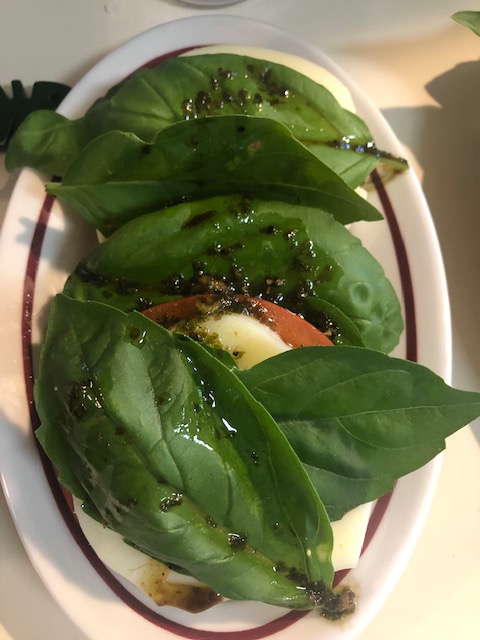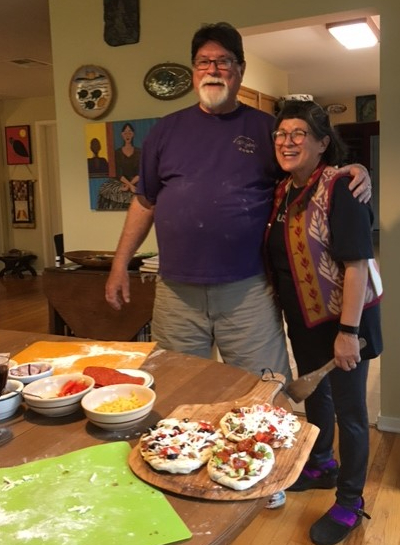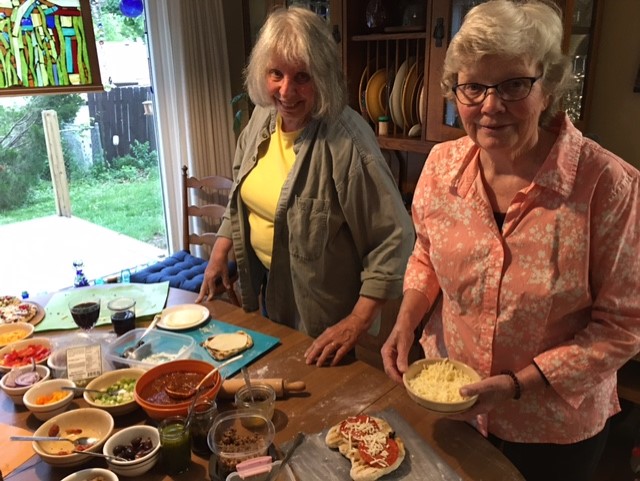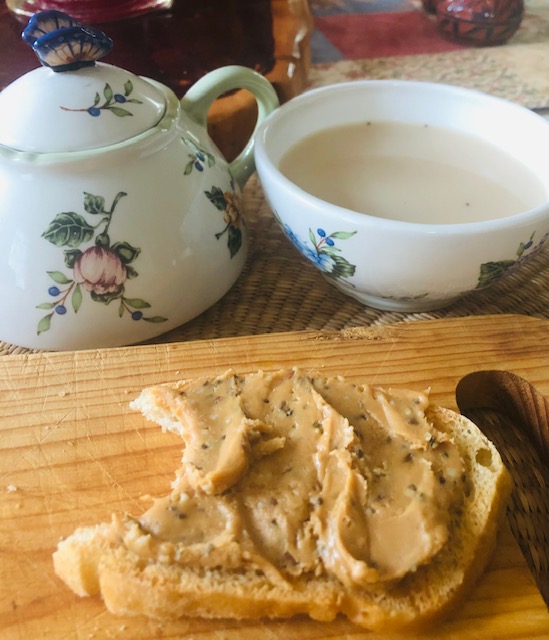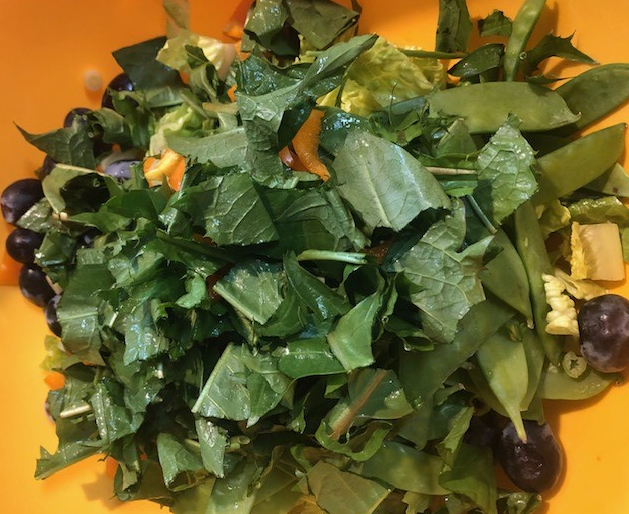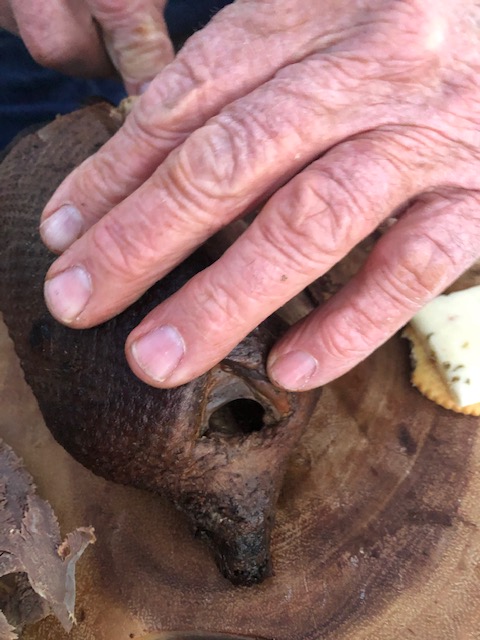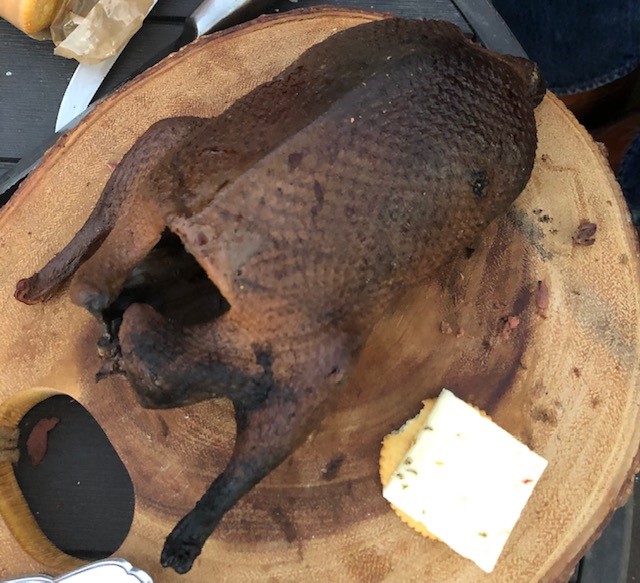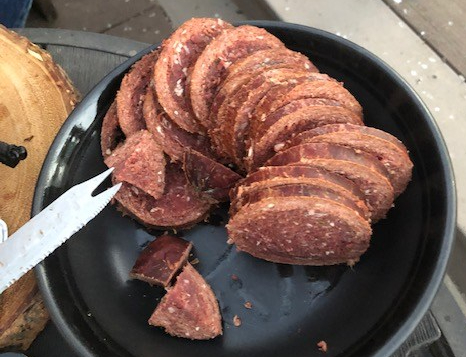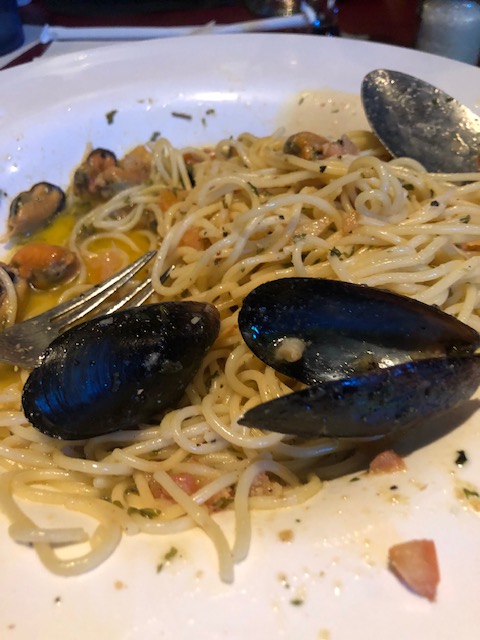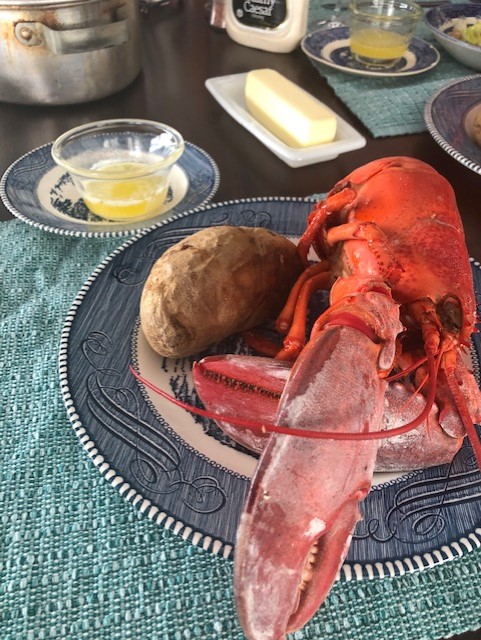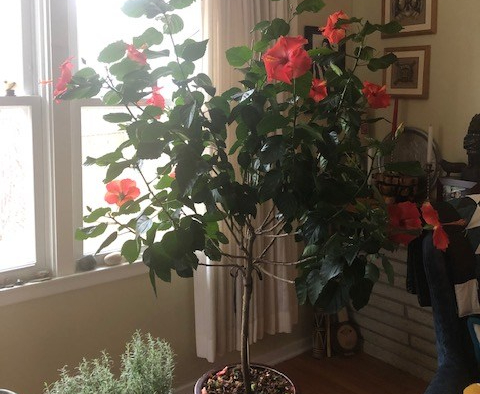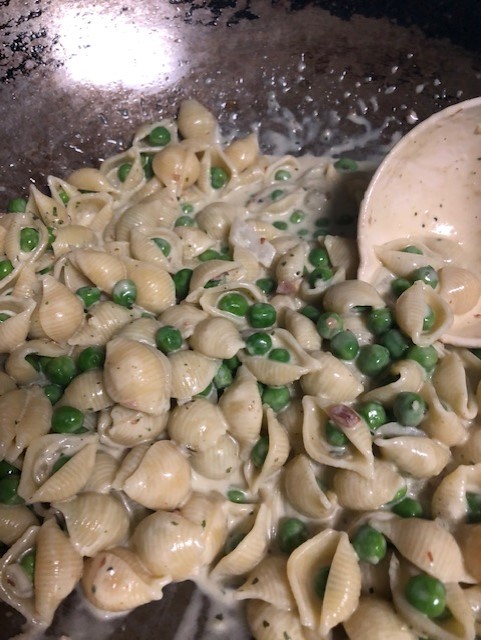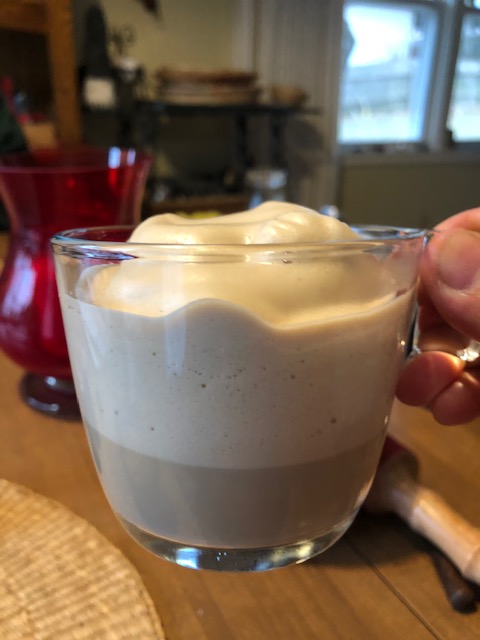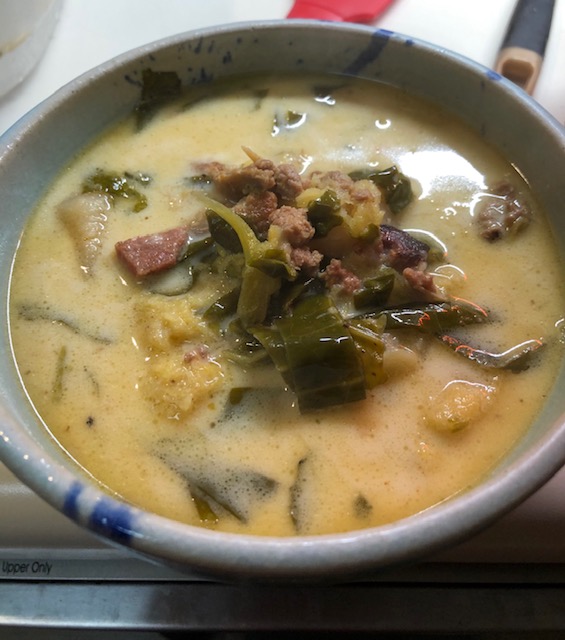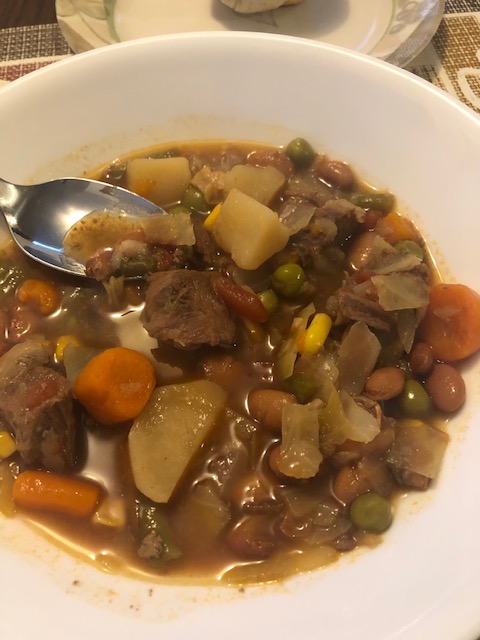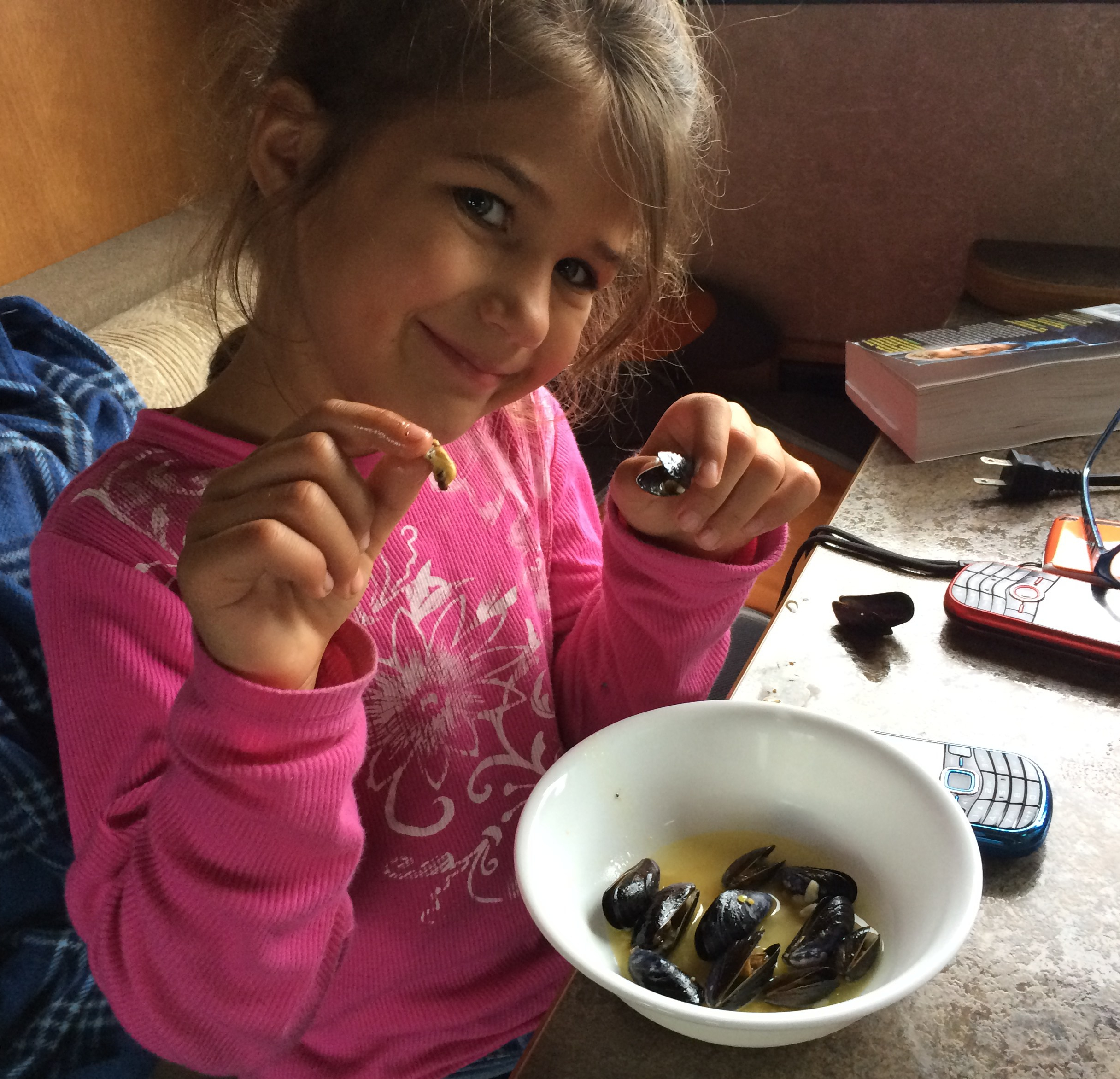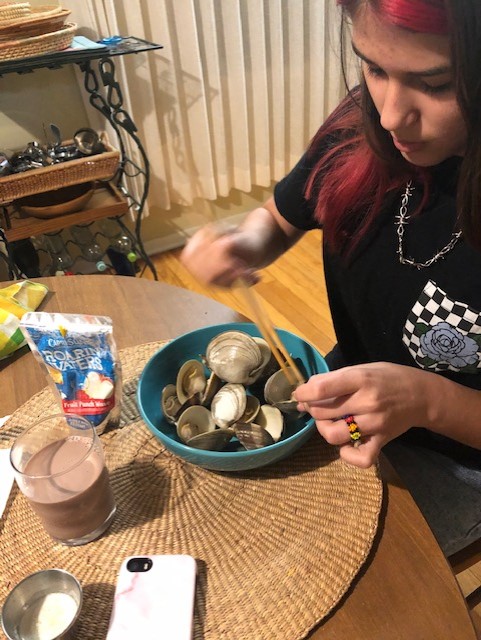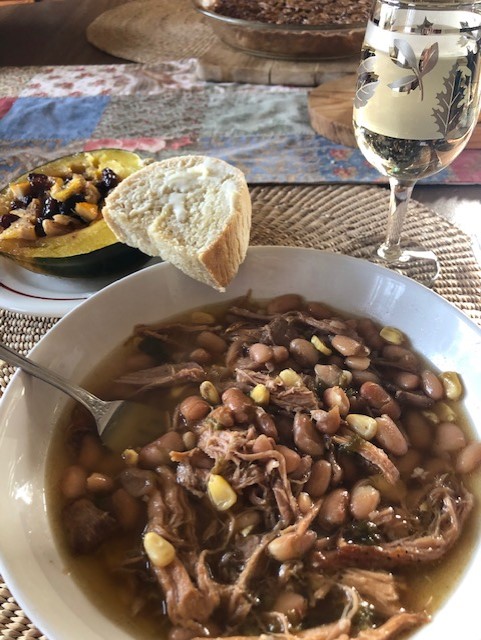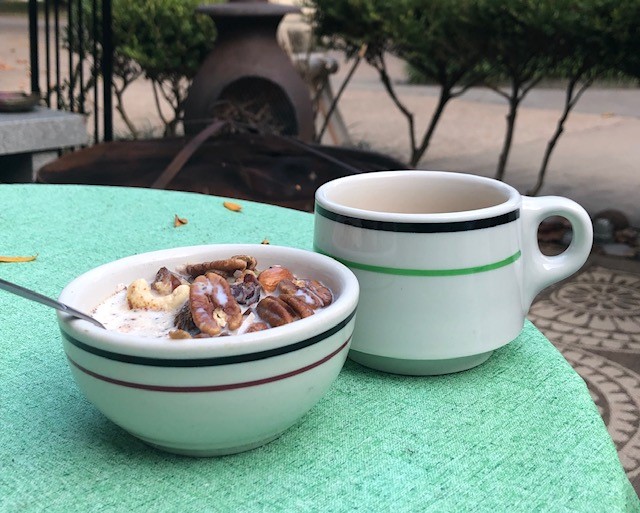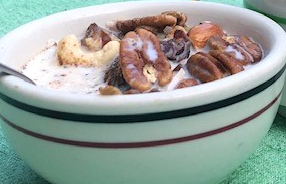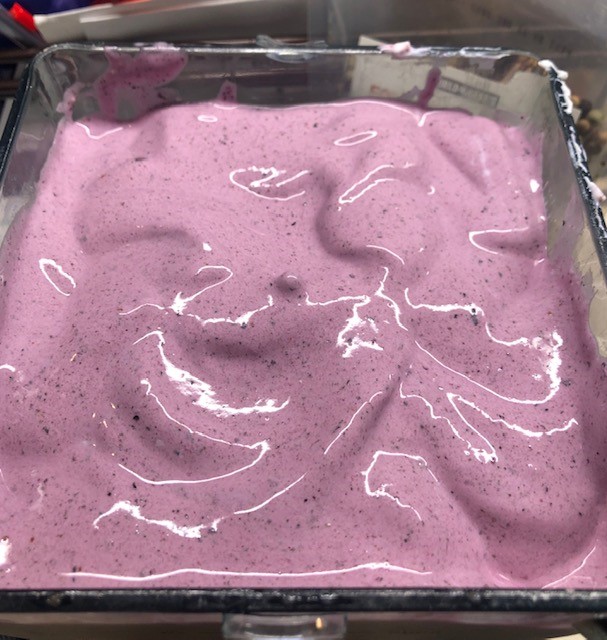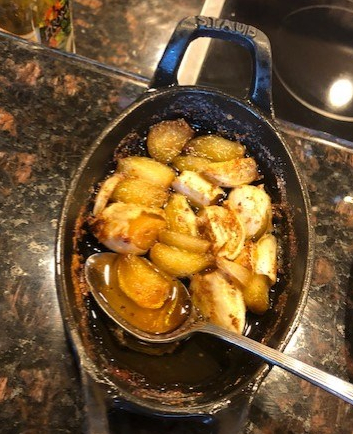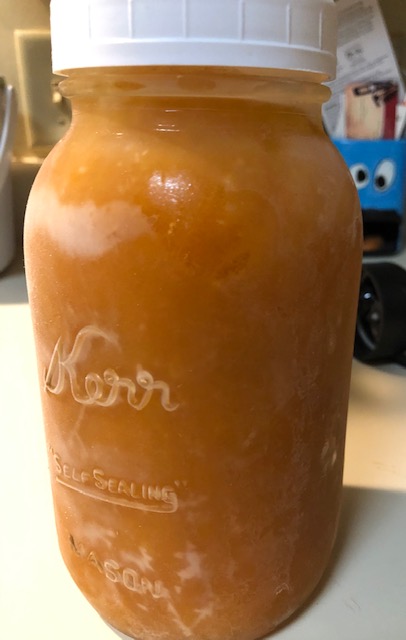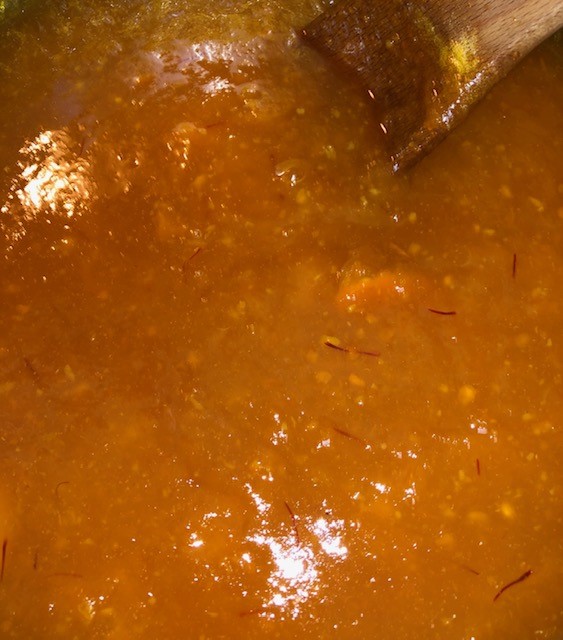The kitchen window over my sink gives me great pleasure, because I see beautiful juniper trees, and I’m looking through colored glass!
Every time I cook a meal for myself, I think, “I should write about this in my blog!” It seems like I hesitate to write. I like having written more than my desire to write, sometimes. Two of my favorite pasttimes are writing and cooking. It’s great to share these loves.
Many of my friends love to cook! We used to make it a common practice to take turns hosting dinner parties. Then I moved. Establishing oneself in a new community takes time. Perhaps I don’t know the “right” people for such a thing, but I will keep trying. I love to cook, and I love to entertain.
Many people do not like to cook for themselves. I find it relaxing after a tough day at work. I use my mind in a different way than what I do at work. Music always accompanies my time in the kitchen. Time in the kitchen and listening to music are one of the places and times where/when I find my coziness (Hygge).
Let us begin with breakfast! My morning routine consists of drinking a lemon/olive oil system cleanser. I make it with 8 cups of water, two whole lemons, a dash of vanila, and four tablespoons of good olive oil. I blend it in 4 cups of water, and then I add the other four cups. Strain it into a half-gallon bottle. I drink 4-6 ounces before 30-minutes of exercise while listening to daily affirmations. Then I prepare my breakfast. Pictured here includes homemade granola (I think the recipe is found in a much earlier blog of mine). Some times I like to eat it was plain yogurt and honey, and other times I like to pour milk on it. I’m having this with a frothy coffee that I prepare in an electric milk frother.
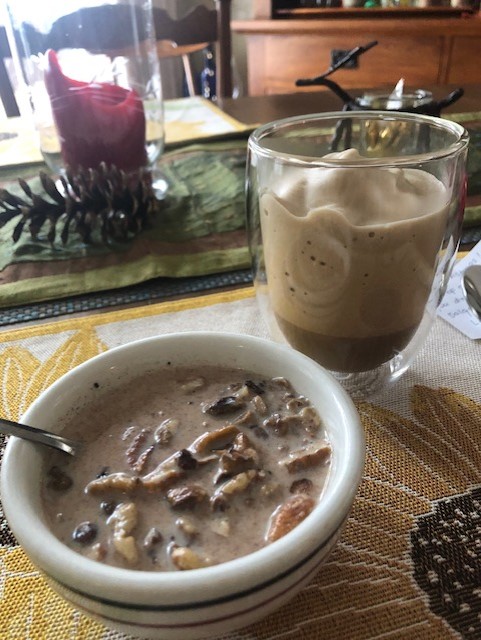
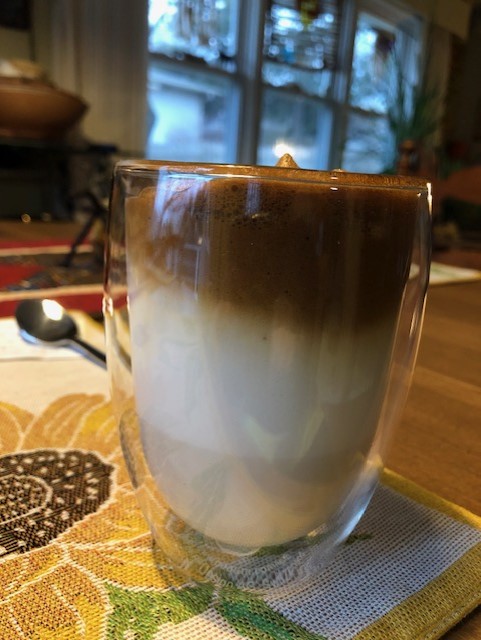

Winter drags out, but spring will be here soon, and the weather will be more amenable to having breakfast, lunch, or dinner out on the back deck or the front patio. During the pandemic and working from home, I took many breakfasts al fresco so that I can watch birds. Two rivers flow on the outskirts of town along with a 30-mile long creek/reservoir. That means we have bald eagles flying over town. What a better way to eat breakfast?
Often times, my breakfast may consist of left overs from the previous night’s dinner. I tend to eat anything for breakfasts. My 93 year old mother finds that “really weird” that her daughter eats “odd” things for breakfast. She defines “odd” as anything that is considered a “non-breakfast” item, like what we ate the night before. I have no such restrictions on myself. Lunches often consist of dinner leftovers, too.
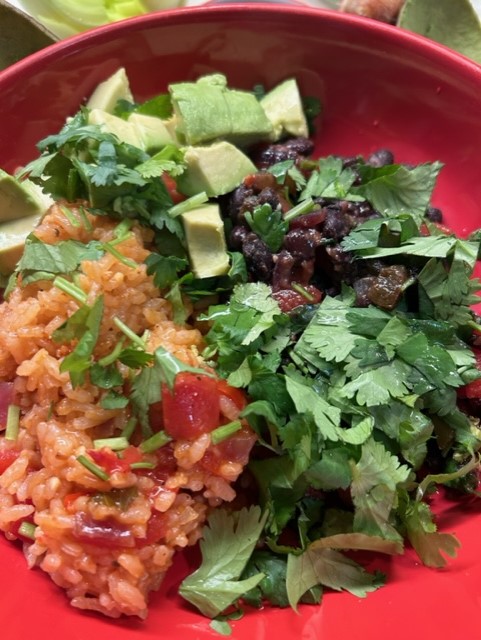
With social media, magazines, and cook books, one can always find new recipes. Of course, magazines and cookbooks contain such beautiful illustrations of the process and the final product. I like to read ingredients lists, which I think are there for suggestions, but recipes are meant to be experienmented with and tailored to fit your favorite flavor profiles. Most cooks know what kinds of spices go with specific dishes. I like to change it up sometime, so I will share some of those here, too.
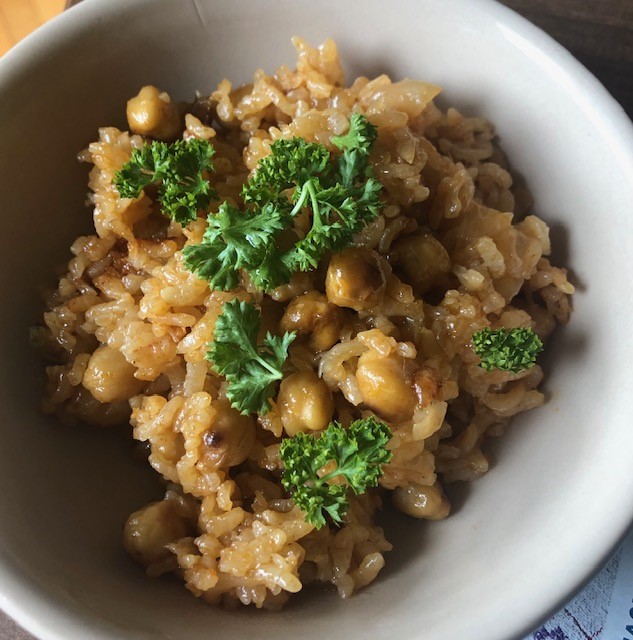
With the two illustrations of rice dishes, I found these recipes online. Remember, when you cook with dry beans (garbanzo or black), since they are likely not “new crop” means that you must soak the beans to re-hydrate them before cooking. I don’t have access to new crop garbanzo or black beans, so I do soak and rinse before cooking them. Always add boiling water to your cooking pot. It helps the beans maintain their color and it helps them hydrate quicker in the cooking process.
I make the distinction between older pulses (legumes), because I love pinto beans, and I only buy new crop. They do not have to be soaked. Simply rinse and add to boiling water, which makes for a quicker meal. I get my new crop beans (usually harvested in late September or early October) from a farm in Colorado. The variety of pinto beans that I love is called, “vibrant,” and vibrant they are!

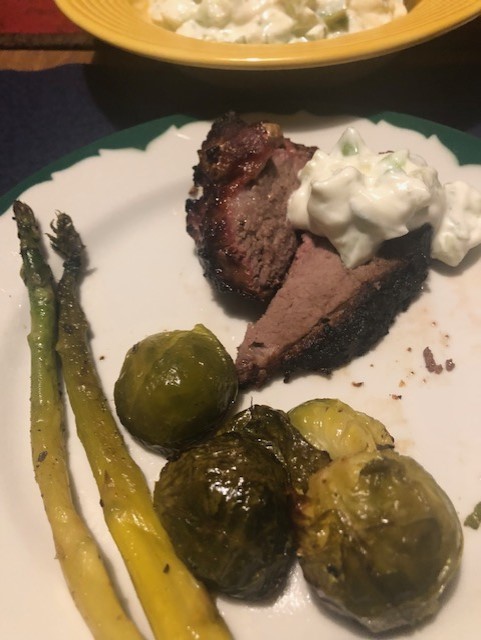

I did not share my recipes in this blog today, because I think it’s fun to explore your own preferred flavor profiles. You likely know that some herbs and spices combine with certain ingredients. For example, I never put green chili in my marinara sauces, but I do add green chili to my bean and corn soups. You figure it out, if it interests you.
I realize that cooking or baking does not appeal to everyone. I present this as something that appeals to me.
Thank you for reading my blog.


